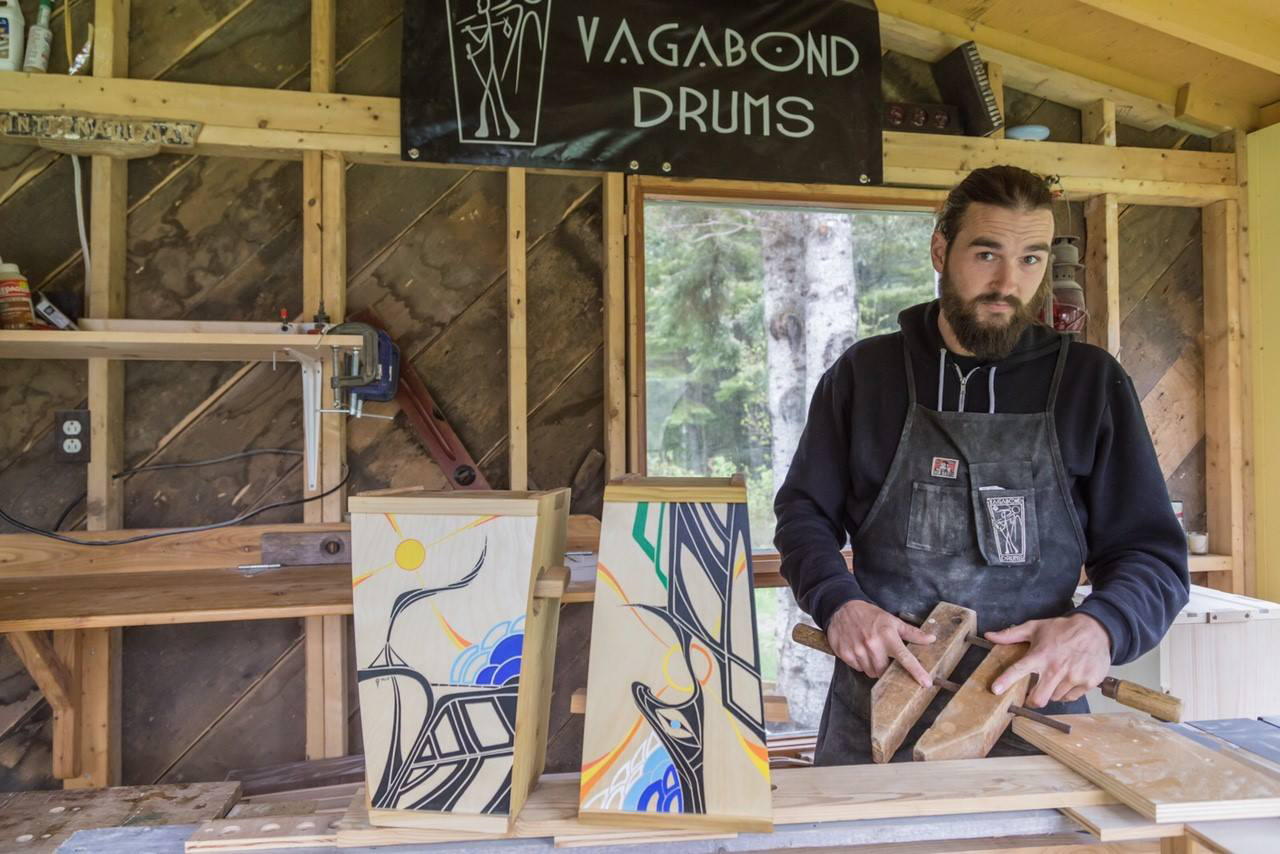A Canadian community forest co-op, formed to manage woodland left derelict after a papermill closed, is seeking to develop a sustainable, environmentally friendly timber industry and support the local community.
Medway Community Forest Co-operative (MCFC), the only community-owned forest in Nova Scotia, is restoring a 12,000 acre stretch of forest to supply timber and firewood, and is developing capacity to support private woodlot management, and offers community recreation activities.
Situated in the south of the peninsula, near Caledonia, Milford, and Bear River, the forest is part of a lake and river system that connects with Kejimkujik National Park, the Tobeatic Wilderness area, and the proposed Medway Lakes Wilderness Area.
Lying entirely within the UNESCO Southwest Nova Biosphere Reserve, “it is the best possible fit of considerations such as roads and access, forest type and volume, watersheds, current parcel boundaries, conservation and biodiversity values, recreation potential, and archaeological knowledge,” says the co-op.

MCFC’s work went on show in the nearby town of Annapolis Royal, with a market featuring vendors, exhibitors and businesses whose products, trades or services are connected to the forest.
This includes wood-based products, such as furniture or baskets, non-timber forest products, such as mushrooms or maple syrup, and services such as guiding and eco-tourism.
The market, which also showcased live demonstrations of local craft skills, was part of the local Paint the Town arts weekend.
General manager Mary Jane Rodger says the market allowed the co-op to network with local businesses so it can start supplying their needs. It already works with firms such as Medway Moss, which rescues mosses from areas earmarked for forestry, or from harvested logs, and FD Wild Foods, which sells edible wild foods such as berries and mushrooms.
The co-op, which says it offers “an exciting new way of managing crown lands in Nova Scotia”, formed after the closure in 2012 of Bowater Mill, a large paper production plant in the area.
This caused drastic upheaval, with financial liabilities and environmental legacy issues transferred to the Nova Scotia government along with assets including 555,000 acres of forest land.
Now, MCFC says it is “applying social entrepreneurship to building a new sustainable future from our natural resources”.
It currently holds a three-year pilot project agreement with the Nova Scotia Department of Natural Resources. This is an area-based lease of Crown Land, granted in 2014 for a community forest project.
“We’re in the final year of the pilot phase,” said Ms Rodger, “and are hoping to obtain a long-term license agreement, for 20 years, in 2018.”
Since its formation, the co-op has celebrated its first timber harvest, in January 2016, drawn up development plans, and put out tenders for operations. Because there is a need to restore the forest stock it will be many years before production can reach full capacity.
MCFC has also dealt with challenges such as the Seven Mile Lake fire which raged for more than a week in August 2016, “completely stalling” operations.
Ms Rodger said: “We have one full-time employee – myself – a seasonal summer student and employ three part-time subcontractors for our firewood business. We use only local forestry contractors for our forestry operations.
“In our agreement with the Nova Scotia Department of Natural Resources, we have the ability to harvest 21,000 tonnes of timber per year, however we have yet to had the opportunity to harvest the full amount. Our target is to harvest half this amount, based on difficulties associated with the young age of the land base and poor low-value fibre markets (pulp and paper).
“Since we’re aiming to focus only on sustainable, restorative forestry practices, our main products are of low-value, not high-value sawlogs, in attempts to improve the growing stock.
“The firewood business fits nicely with this since we produce a product that otherwise would be difficult to sell in the traditional marketplace. We supply all the firewood for the adjacent National Park and Historic Site, Kejimkujik, sell firewood to the public and to our members at a discounted rate.”
Recreational activities are also being developed, she added, with a footpath being planned in the adjacent protected area for early 2018.
“We support numerous recreational activities, including motorised vehicles, which otherwise put pressure on important habitat in adjacent protected areas. We’re hoping to build an experience-based recreation business in the coming years, since our area is already popular with tourists based on the proximity to Kejimkujik.”